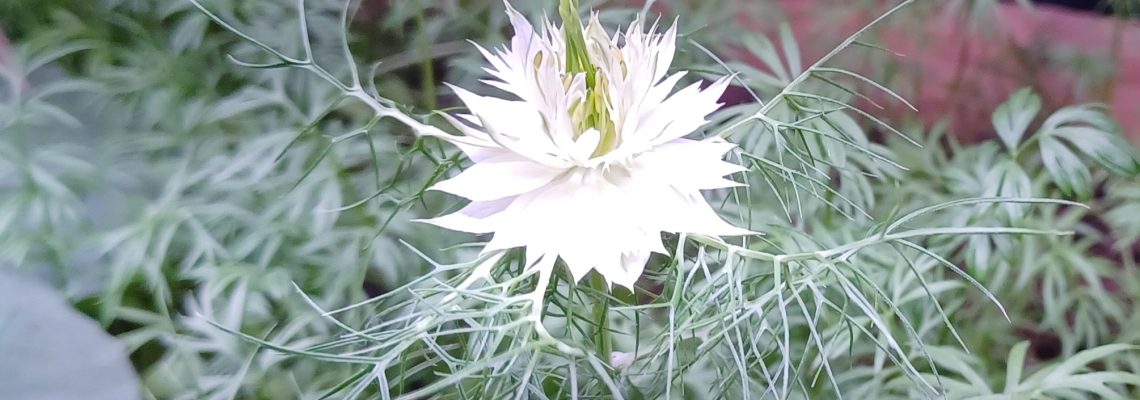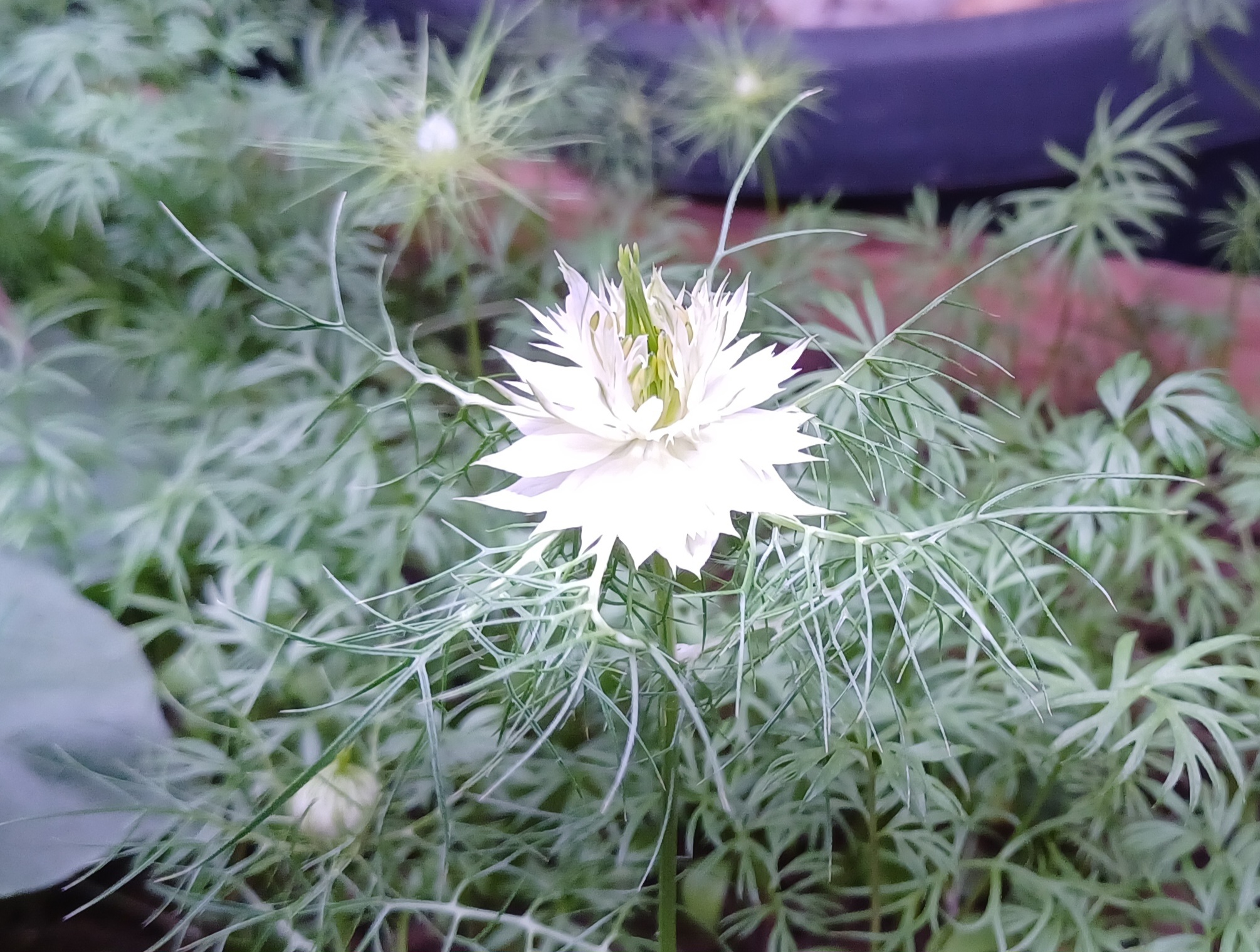


Author: ChatGPT
Nigella sativa, commonly known as black cumin, is a plant that has been used for centuries for its remarkable health benefits. In this blog post, we delve into the world of Nigella sativa, exploring its scientific background, culinary uses, health benefits, and how to grow it at home.
Nigella sativa, a member of the Ranunculaceae family, is native to the Mediterranean region but has been cultivated in many parts of the world. The plant is an annual flowering plant, characterized by its delicate flowers and aromatic seeds.
The seeds of Nigella sativa, often referred to as black cumin, are known for their rich nutritional profile. While specific nutritional data is limited, the seeds are known to contain a variety of active compounds, including thymoquinone, which has been linked to numerous health benefits.
Black cumin seeds have been used as a spice in Middle Eastern and South Asian cuisines for centuries. The seeds have a slightly bitter, peppery flavor and are often used in bread, curries, and pickles. They can be used whole or ground and are often dry-roasted to enhance their flavor.
Nigella sativa has been used in traditional medicine for a wide range of ailments, including asthma, hypertension, diabetes, inflammation, cough, bronchitis, headache, eczema, fever, dizziness, and gastrointestinal disturbances. Modern scientific research has begun to provide evidence for these health benefits.
For instance, a study titled [“Black Cumin (Nigella sativa) and Its Active Constituent, Thymoquinone: An Overview on the Analgesic and Anti-inflammatory Effects”](https://dx.doi.org/10.1055/s-0035-1557838) highlights the antinociceptive (pain-relieving) and anti-inflammatory effects of Nigella sativa and its active constituent, thymoquinone.
Another study, [“Black Cumin (Nigella sativa L.): A Comprehensive Review on Phytochemistry, Health Benefits, Molecular Pharmacology, and Safety”](https://dx.doi.org/10.3390/nu13061784), provides a comprehensive review of the health benefits of Nigella sativa, including its antioxidant, anti-inflammatory, and immune-boosting properties.
Growing Nigella sativa at home can be a rewarding experience. Here’s how to do it:
1. **Sunlight**: Nigella sativa enjoys full sun, so choose a spot that gets plenty of daylight.
2. **Soil**: This plant prefers well-drained soil. If you’re growing in pots, ensure they have adequate drainage.
3. **Watering**: Water regularly, but avoid overwatering. The soil should be moist, not waterlogged.
4. **Harvesting**: The seeds can be harvested once the capsules turn brown. Simply cut the stems and allow them to dry in a cool, dry place before shaking out the seeds.
In conclusion, Nigella sativa is a remarkable plant with a wealth of benefits. From its culinary uses to its health-boosting properties, this plant is truly a gem worth exploring.
https://dx.doi.org/10.3390/nu13061784
© Gnomeprints 2021
Design by ThemeShift.